Heian Era 平安時代 へいあんじだい heian jidai
Heian Era 平安時代 へいあんじだい heian jidai
The Heian Period was a time period when the Imperial Court lived in great splendour and opulence. The common people did not, of course.
Heian Era 平安時代 へいあんじだい heian jidai
Heian Era 平安時代 へいあんじだい heian jidai
Heian Era 平安時代 へいあんじだい heian jidai
Heian Era 平安時代 へいあんじだい heian jidai
The dolls represent courtly ladies who would be busy all day long talking about poetry, silk, hair dressing, make-up, children, men and status, and gossip and other equally important matters. Although every so often a lady would rise in fame because of her personality, her birth rank and her talents.
Hundreds of years ago, one of these courtly ladies, the Lady Murasaki, has been credited with writing the first novel in history. Also, over a period of time courtly ladies were the first women to develop the hiragana handwriting script, as a sort short-hand version of Chinese kanji.
Heian Era 平安時代 へいあんじだい heian jidai
Heian Era 平安時代 へいあんじだい heian jidai
These photos were taken during various Kyoto Festivals all celebrating the glorious past of the Imperial Court and the aristocracy. We doubt there is a festival celebrating the Age of the Wretched Common Worker. Never mind – it’s colourful.
Each layer of kimono indicates a higher status level. Layers could be counted on the arm and around the neck. Mind you, to be realistic, if you were in the presence of a person who wore such an elaborate kimono, you would either wear one yourself, or you would be a servant. Either way, you would already know the other person, so you wouldn’t have a need to count kimono layers. Imagine that these days Queen Elizabeth II would have to explain to her guests that the glittering stones on her head are actually diamonds!
Here is a link to a support page:





































































































































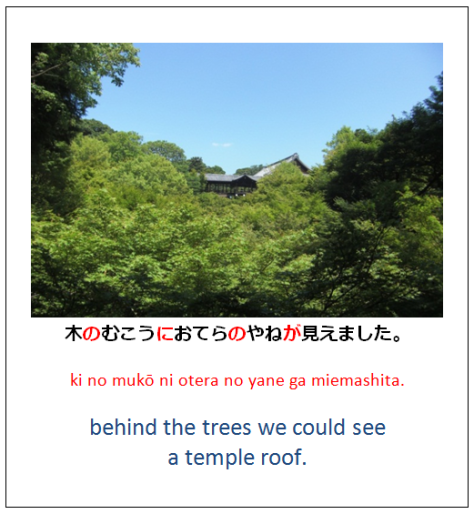




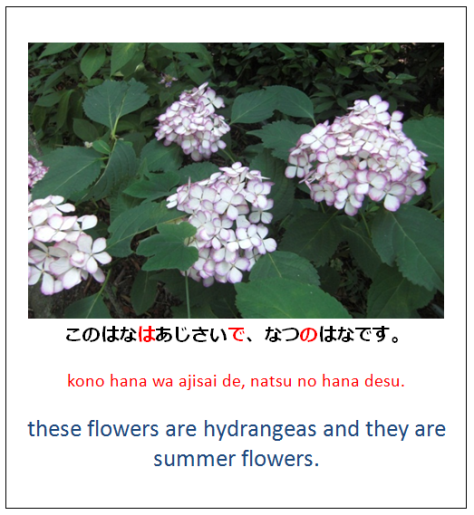






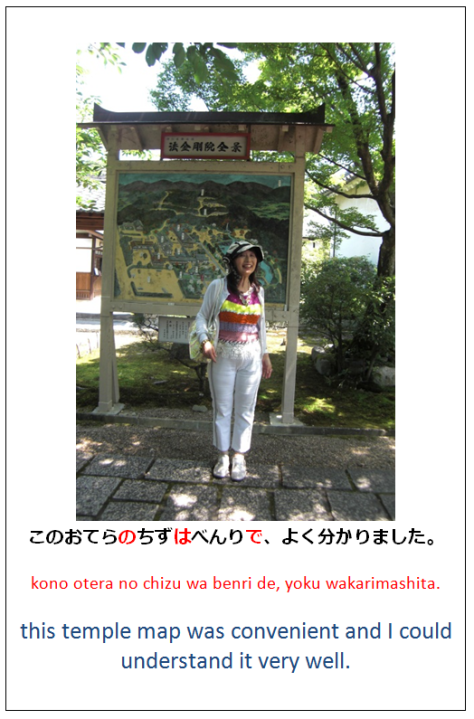



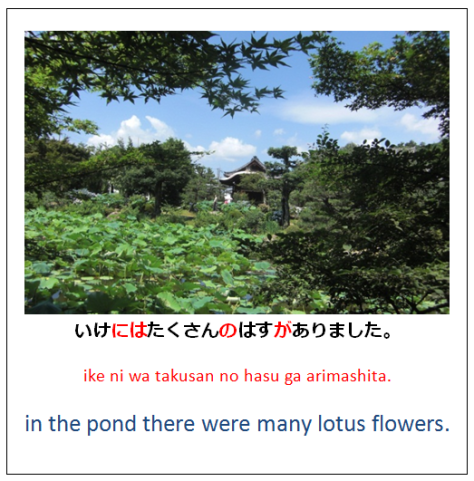

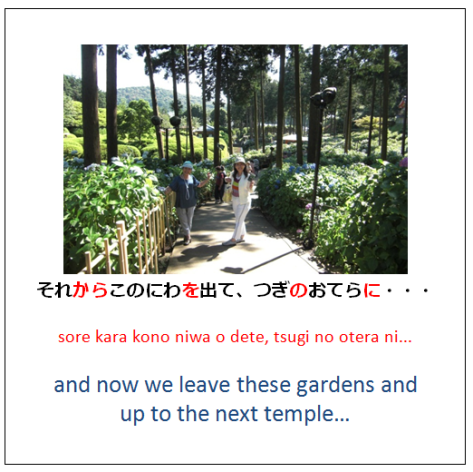





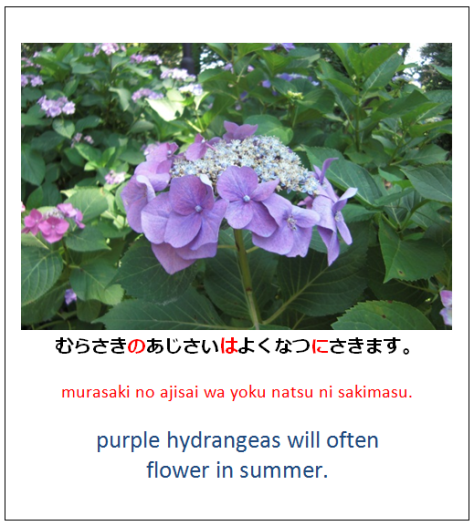




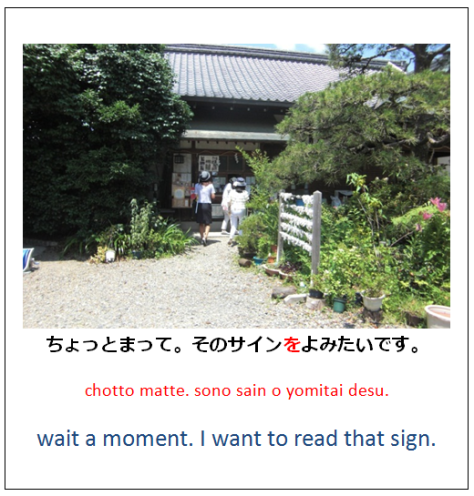



























You must be logged in to post a comment.